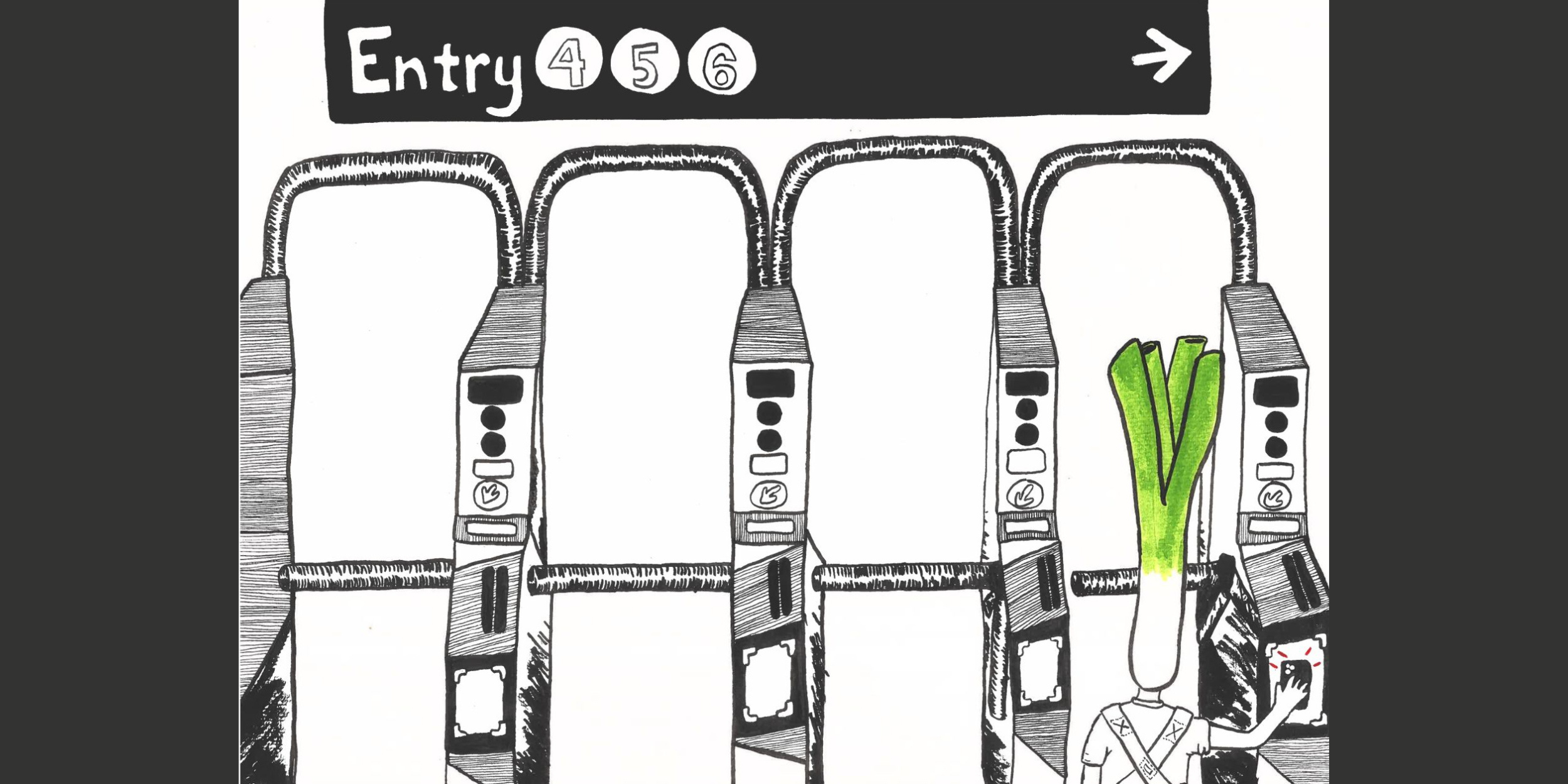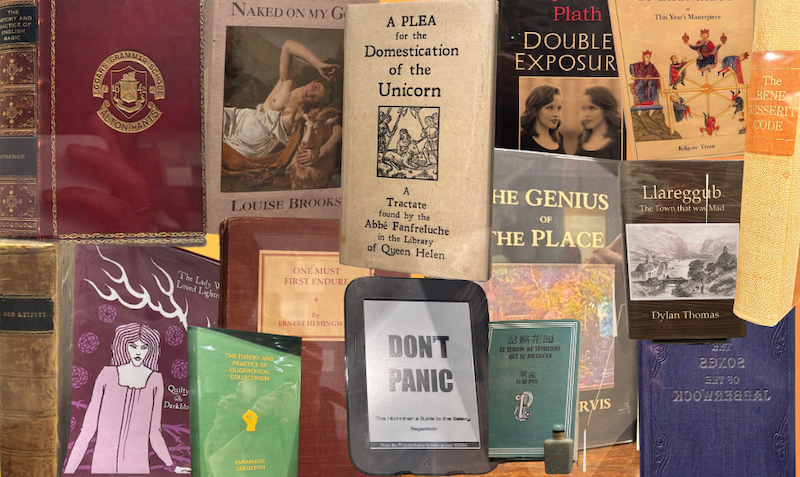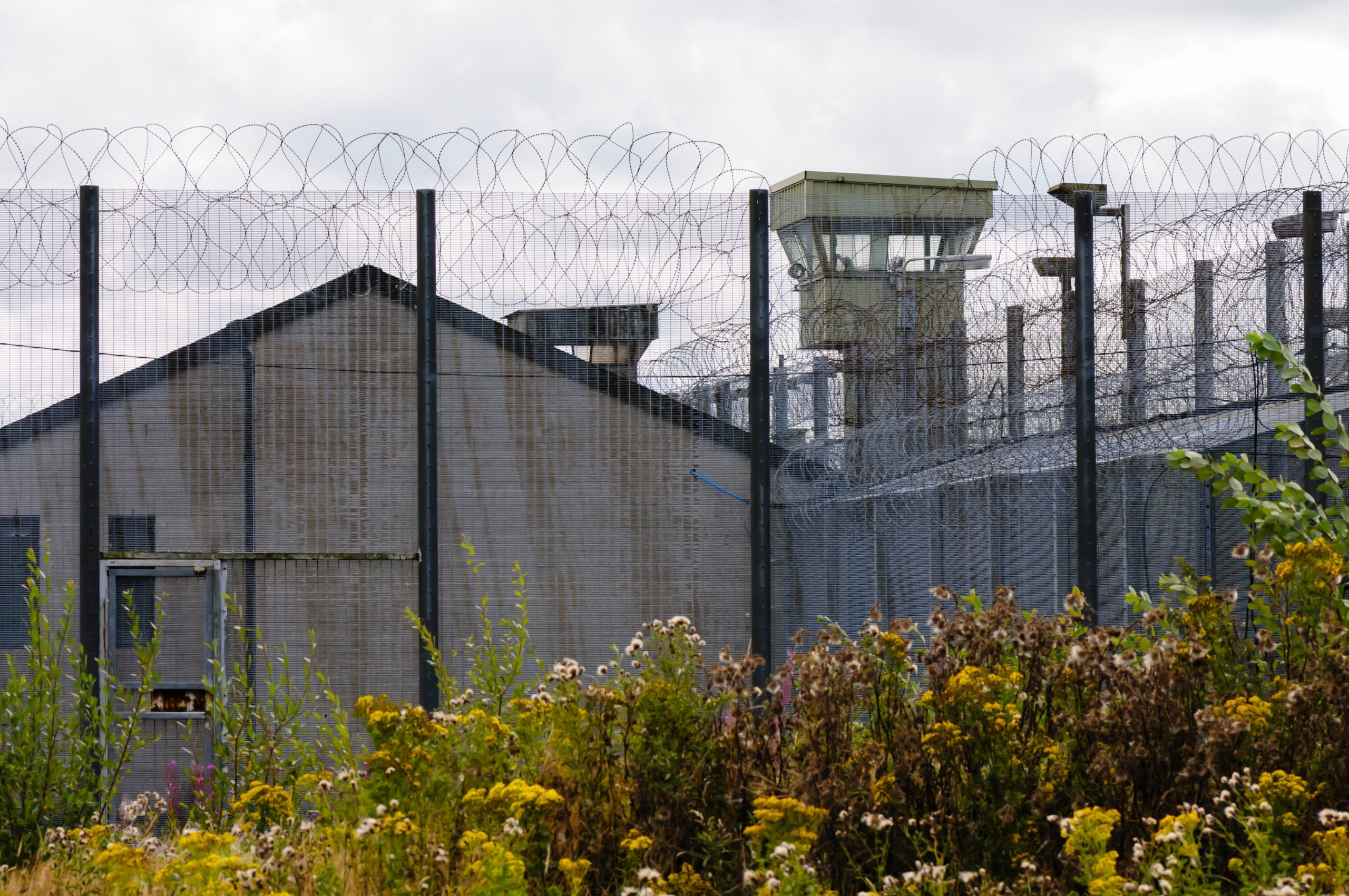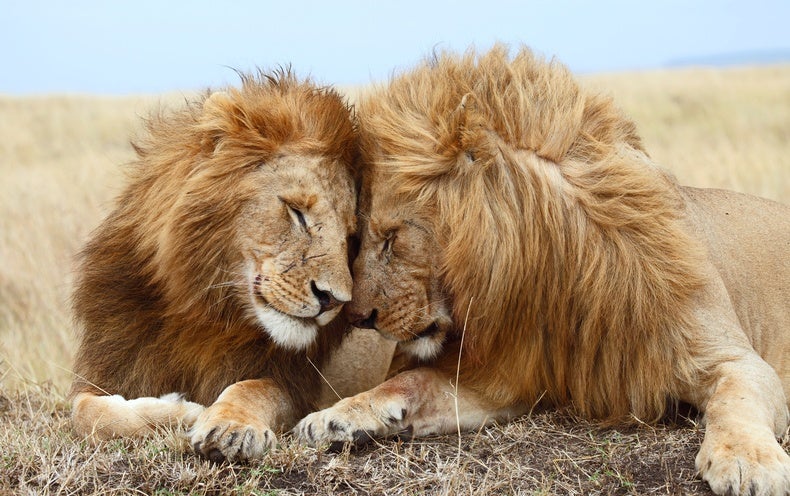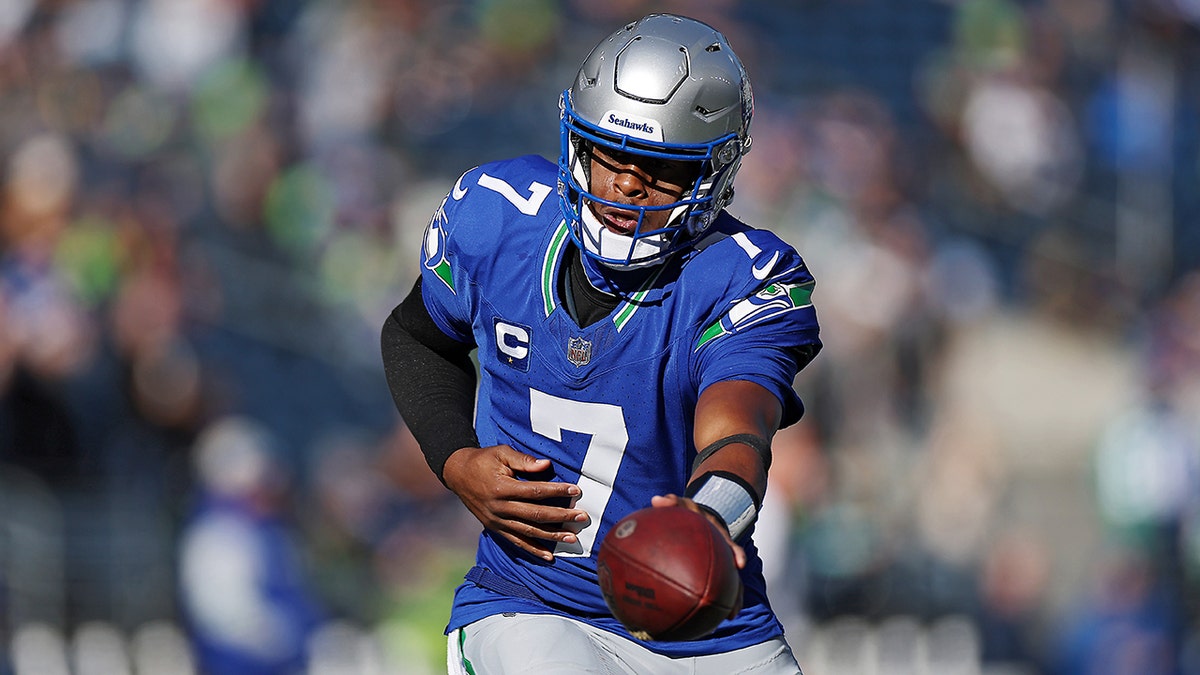The photography bug has recently hit you, and you spend hours behind the camera. In working your way up to be among the best, there are some trials and tough times you might face, usually due to the mistakes you’re bound to make. But there’s no need to beat yourself up! Every professional photographer has been there too. Although mistakes are inevitable, it is important to ensure that you notice them and fix them. So, are you an amateur photographer looking to avoid as many mistakes as possible? Here are some common mistakes amateur photographers make and the best ways to curb them.
- Thinking that the better your equipment, the better your results
With the constant launch of new gadgets that promise to transform every photo you take into a masterpiece, it’s easy to be sucked into the vortex of investing huge amounts into professional equipment. While this isn’t wrong, it’s vital to note that professional equipment isn’t everything. To be a professional photographer, you must have an artistic eye and immense skill. No matter how modern your equipment is, it is only good enough to enhance your art. That said, the key to developing your skill consists of constantly learning about photographic techniques.
Although skill is more important, you should take note of the quality of your equipment. Be sure to purchase your camera and other elements such as accessories from reputable vendors such as Perfect Image.
- Not making your shots sharp enough
Total control of your image sharpness is a great skill if you want to be recognized as a good photographer. While intentional blur can be gorgeous, it’s easy for amateurs to have blurred shots by mistake. This may be because of their inability to master the focus of the camera lens. When taking a photo, the eyes must be the sharpest part of your body. It would be best to prevent back focus, where your camera focuses on what’s behind your subject instead of the subject itself. The best way to ensure sharpness in your photos is by keeping your focal length at least one under your shutter speed. This helps achieve sharpness while reducing the camera shake effect.
- Copying other people’s styles
One thing every amateur photographer needs to note is that photography in itself is an art. It allows for the freedom of expression, and the output will differ greatly from one person to the other. A major mistake most newbies make is copying another person’s expressive language.
Copying someone’s ideas differs greatly from using their work as an inspiration for yours. It’s fine to feel inspired when you look at the photos of others, analyzing their frames, colors, and styles to decide which element you’ll want to adapt in your work. Some ways to develop an authentic style people can trace back to you include taking part in photography workshops, reading books, asking for professional advice, and listening to your inner voice to know what to experiment with.
When taking pictures, you need to be close enough to your subject to give your photos more depth and character. Instead of hovering away like a sniper, get close physically or with a wide-angle lens and shoot. The closer you get, the easier it is to capture what’s important, highlighting it within the frame for a better effect.
- Overusing the bokeh effect
The bokeh effect became a huge rave amongst amateur photographers a while back, and it seems the trend never really left. Expert photographers, however, advise that this effect shouldn’t be overused. The key to a splendid bokeh photo is to focus your entire frame on what’s going on in the background. This gives your picture a complete look, seeing as it’s the foundation of the photo.
To be creative, some photographers might adapt strong or unrealistic colors. As an amateur, you need to build up your experience with colors to be able to pull this off with ease. When the color in your photos is managed poorly, you produce an unappealing photograph and ruin your portfolio. You can avoid this mistake by investing in a color-calibrated monitor. This prevents you from working on your images blind.
This will not be a problem for someone taking a few shots for their Instagram feed. But if you are trying to put together a career in photography, you would need to put more thought into your shots. Photography works with rules, one of which is the rule of thirds of the golden ratio. Another great rule is to find 4 interesting points within your frame, four things that will keep your eyes focused. These rules should guide you whenever you are inspired to take a shot. This would ensure your pictures grab the attention you are looking to achieve.
- Taking photos against the sun
When the sun comes out, it’s a great idea to take some great photos but beware; the sun is a great feature but can destroy your image when not used properly. Taking photos against the sun causes you to have images with shadows cast by the hair and nose, two places that are very easy to overexpose during the editing phase. A great solution is to take pictures in a shady spot to give you a softer, more pleasant, elastic lighting area.
If you’re an amateur who doesn’t use auto mode, you are well on becoming a professional. While the auto mode was designed to help amateur photographers, it is best to avoid it as much as possible. It is better to study your camera, to know what it can and cannot do regarding function. Also, you can make your digital procession stage easier by taking photos in a RAW format.
It is important to note that photo editors do not determine how great your photos will be; they simply enhance the already captured beauty. It is better to develop your skills such that your photo editor has little to no interference in the final output.
In all these, it’s to be expected that you might receive some constructive criticism as an amateur. Welcome it wholeheartedly, even if you don’t agree with what’s being said. Getting offensive isn’t a great trait of someone willing to learn and improve. Photography is a wonderful experience, and it can be an amazing journey when done with the right skills.

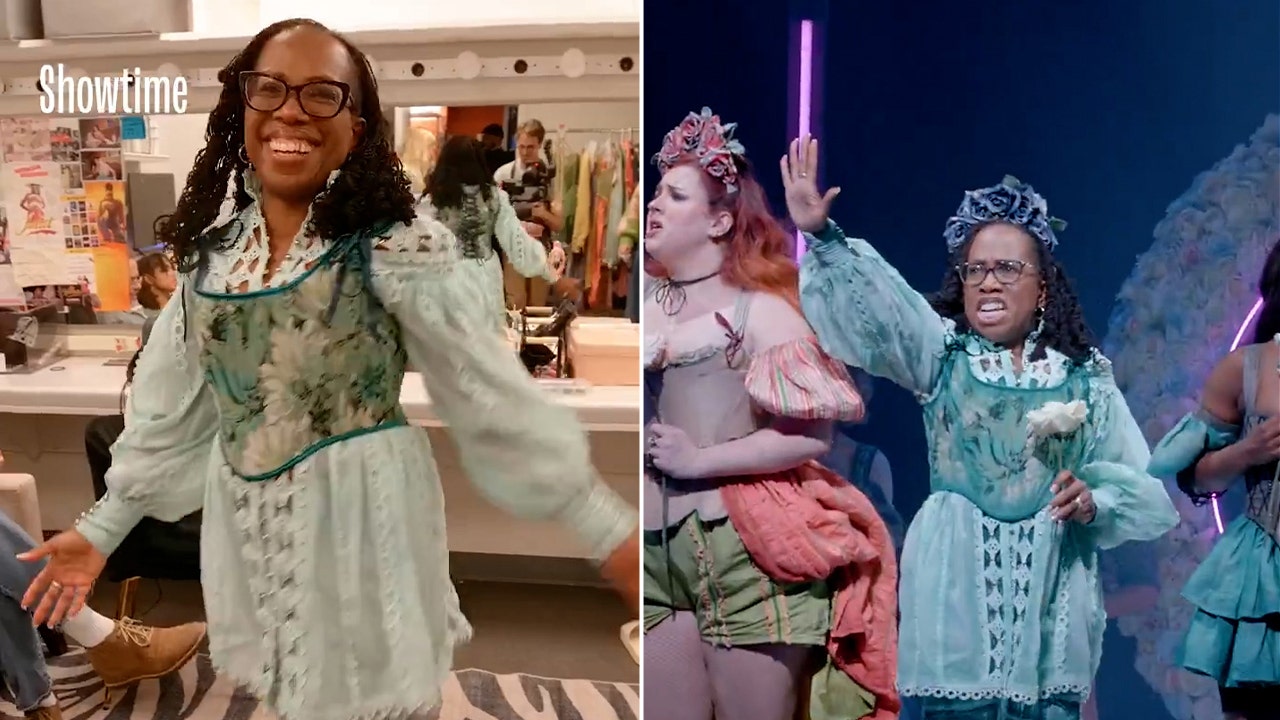
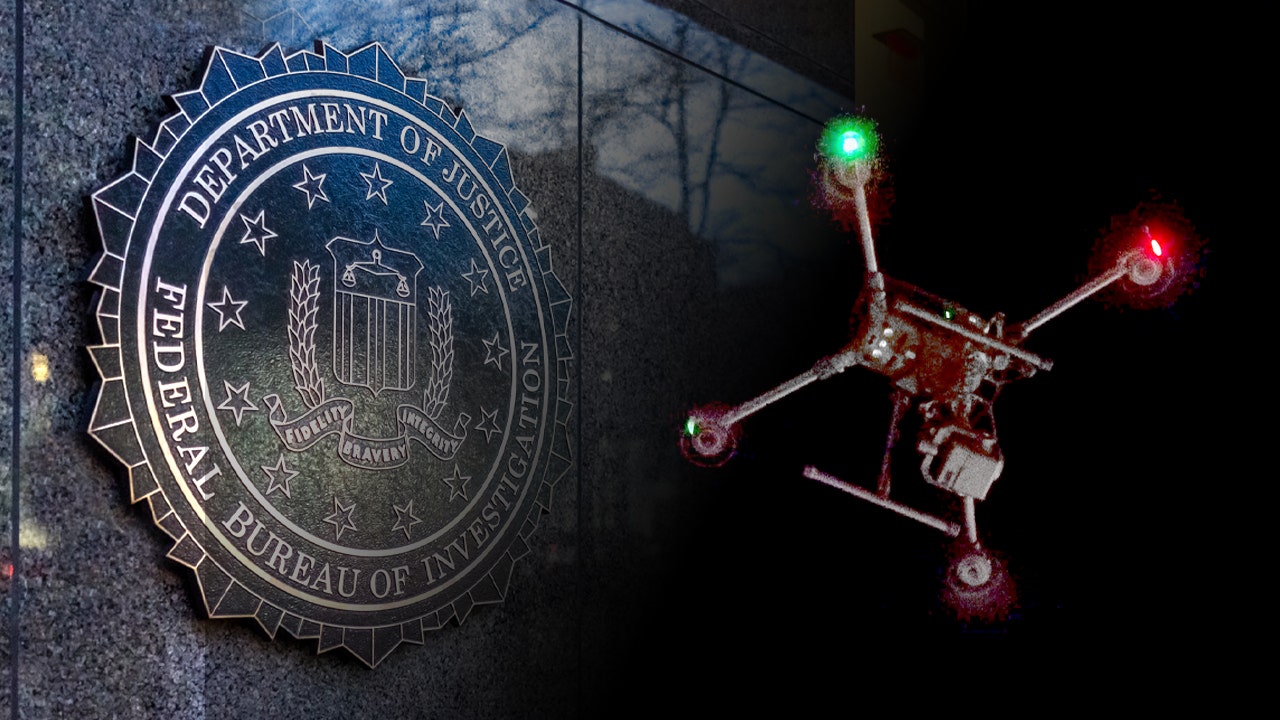




























![[Spoiler] Shot, Wes vs. Csonka [Spoiler] Shot, Wes vs. Csonka](https://www.tvinsider.com/wp-content/uploads/2024/12/fbi-international-408-vo-wes-1014x570.jpg)





